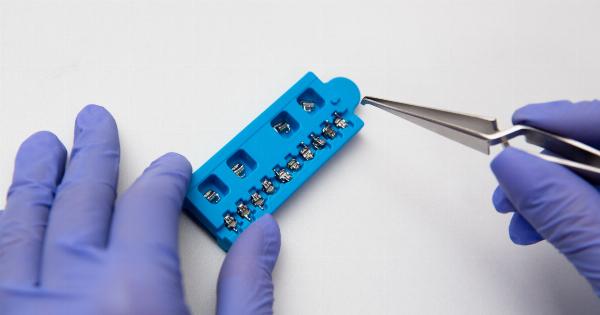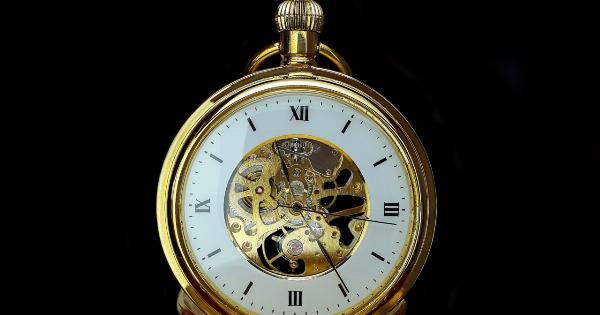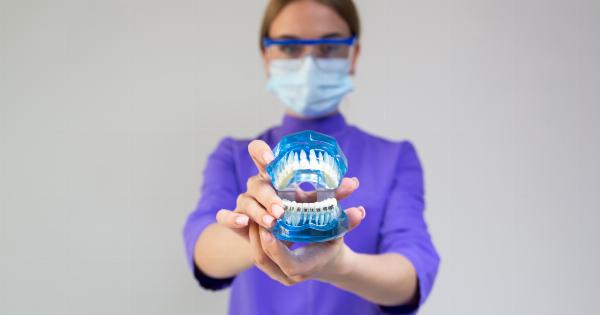Orthodontics is the branch of dentistry that focuses on the prevention and correction of misaligned teeth and jaws.
It primarily involves the use of braces, appliances, and other corrective devices to straighten teeth and improve the overall aesthetic and functional appearance of the mouth.
Why Braces are Needed?
Braces are commonly recommended for both children and adults due to various dental issues. Orthodontic treatment is not only cosmetic but functional. Properly aligned teeth allow you to bite, chew, and speak effectively.
A general dentist will often refer a patient to an orthodontist requiring braces for conditions such as overcrowding, crooked teeth, overbite, underbite, misaligned teeth, or gaps between the teeth or any other bite-related issues.
Patients who do not get braces on-time have their quality of life negatively impacted, as misaligned teeth can also lead to issues like gum disease, bad breath, and speech impediments.
Therefore, it’s vital to address orthodontic issues as soon as possible to avoid potential discomfort and avoid extra costs to correct any damage later.
When to Get Braces?
Kids as young as six and adults of all ages can get braces, and ideally should get them done as soon as possible after being recommended by their dentist. The earlier a problem is detected, the easier and less expensive it is to correct.
That’s why dentists recommend regular dental check-ups and cleanings, so they can detect any problems before they become serious issues that require costly treatment.
The following signs indicate that a person is in immediate need of braces:.
- Crooked or crowded teeth
- Overbite or underbite
- Difficulty biting or chewing
- Ongoing jaw pain or discomfort
- Speech difficulties
Types of Braces
There are different types of braces available to correct teeth or jaw alignment issues. The common types include traditional metal braces, clear braces, lingual braces, and Invisalign aligners.
: Traditional Metal Braces
The metal braces usually have metal brackets with elastic bands that help to hold the wire progressing throughout the teeth.
They are resistant and highly effective, although some may not prefer them because the braces are visible and may cause some discomfort due to their size and wires.
: Clear Braces
Clear braces typically use ceramic brackets that bond to the teeth, which are less noticeable and do not cause much discomfort. They are virtually unnoticeable, have no metal components, and work just like traditional braces to move teeth.
: Lingual Braces
Lingual braces are similar to traditional braces but are placed behind the teeth hiding the braces to a degree.
They act much like traditional braces, with their brackets and wires, but the location makes it look as though you aren’t wearing any braces at all.
: Invisalign Aligners
Invisalign aligners offer the same effective treatment as traditional braces, but with a clear difference in how they look on your teeth. They are almost invisible and must be worn for at least 20-22 hours a day.
They are removable, making it easy to eat and maintain oral hygiene without any discomfort.
Orthodontic Emergency
Orthodontic emergencies are rare; however, there are instances when one may require immediate orthodontic attention. Emergency orthodontic problems usually involve soft tissue injuries or a complication from hardware breaking or loosening.
In such cases, orthodontists need to be contacted immediately, and patients should immediately seek orthodontic attention. Delays in treating orthodontic emergencies can lead to unneeded discomfort and prolong orthodontic treatment time.
The following are cases when orthodontic emergencies call for a visit to the orthodontist:.
- Bleeding gums
- Loose teeth
- Broken braces or wires
- Accidents involving face and teeth
- Tooth expulsions or displacement
Conclusion
Braces are an essential part of orthodontic care that can correct a range of dental health issues. Early detection and treatment can go a long way in reducing the severity and cost of treatment, as well as reducing potential discomfort or pain.
Be sure to discuss your orthodontic concerns with your dentist regularly, and don’t hesitate to contact an orthodontist if you experience any orthodontic emergencies.




























